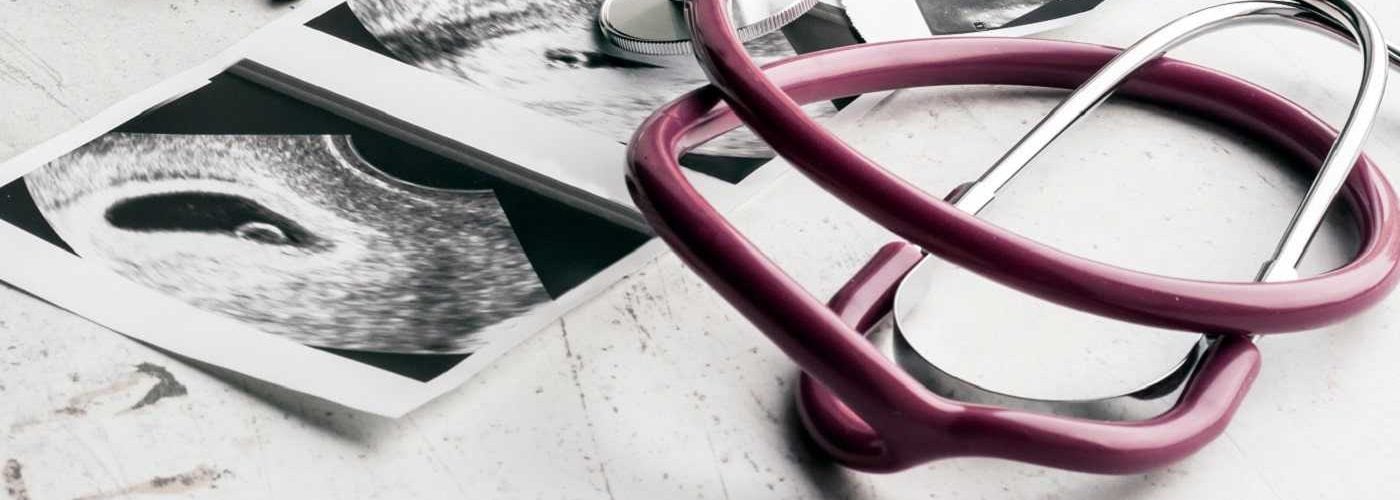
One of the most emotional moments of pregnancy undoubtedly is the first ultrasound. The first image of the embryo in the mother’s uterus, during the early weeks of gestation, is a unique experience for the expectant parents. The emotional impact is possibly even greater in the case of pregnancies achieved through IVF. The first ultrasound after IVF becomes the moment when the good news is confirmed and becomes visible.
At that moment, many women have already gone through a long journey to fulfill their desire to have a child. Today we talk about that test, when to do it, and what can be expected to be seen in it.
IVF pregnancy ultrasound schedule
Usually, during a pregnancy, three ultrasounds are scheduled, which will always be performed by doctors. One (or more) after a positive beta test and two more around weeks 20 and 30 of pregnancy.
In general, ultrasounds allow monitoring the progress of the pregnancy and the correct development of the fetus.
The ultrasound performed after an In Vitro Fertilization allows seeing the embryo and it is possible to determine if it is a single or multiple pregnancies. It also serves to check the size and position of the embryo and placenta. Later on, the heartbeat can be seen and heard, and the specialist will make an initial evaluation of the external body features.
When is first ultrasound after IVF?
Around 12 to 14 days after embryo transfer, the patient should undergo a blood test or beta test. No matter if the transfer was done with frozen embryos. The presence of the pregnancy hormone HCG in the blood allows determining if the embryo has implanted correctly and if a pregnancy has started.
However, the ultrasound is essential for the definitive confirmation of pregnancy after IVF. Ideally, the first ultrasound after IVF should be performed around the sixth or seventh week of pregnancy. This is approximately three to five weeks after embryo transfer. This date occurs a few weeks earlier than the usual timing for the first ultrasound in a natural pregnancy.
What to expect at first ultrasound after IVF
During the first ultrasound performed after IVF, the following can be seen:
The embryo
In this first ultrasound, sometimes the embryo can be seen, but in many cases, it is still too small. We must not forget that the embryo is formed by a group of cells from which all organs develop. In appearance, it is a structure attached to the yolk sac in the early weeks of pregnancy. Its size ranges from 2 to 8 mm. However, its growth is rapid during this phase, at a rate of about 1 mm per day.
Heartbeats
From around the sixth week, the heartbeat can be heard. This is, in a way, proof of the embryo’s vitality. At this stage, the average heart rate ranges between 90 and 110 beats per minute, which increases in the following weeks.
Amniotic cavity
The amniotic cavity is also visible in the first ultrasound after IVF. In fact, it is the structure that is seen first, before the embryo itself. It appears as a dark space surrounded by a clear border. The size at the time of this first ultrasound is usually around 10 to 14 mm. However, much smaller or even larger structures can also be observed, which does not necessarily indicate an anomaly at this stage.
Nervous about first ultrasound after IVF?
It is normal to feel nervous and even anxious about the first ultrasound after IVF. Many patients consider the “ultrasound wait” to be even more difficult to manage than the “beta wait.” Especially if there have been failures in previous treatments, there are high expectations placed on this test.
However, it is important to stay calm and be aware that not everything can always be seen in the first ultrasound after IVF. This is not necessarily a sign that the pregnancy is not progressing normally or that there will be problems. Two main factors should be taken into account:
The development of the embryo is variable
Indeed, the normal development of an embryo is highly variable. Additionally, ultrasound images reflect a snapshot of a moment. Simply changing the position of the embryo can produce a different image. That’s why if irregularities are detected in the image, it is often necessary to verify them with a second ultrasound with a few days’ difference.
Images differ from one patient to another
Patients often compare their test results, and it is common to worry when something doesn’t match. However, the characteristics of each pregnancy also influence the clarity of the image.
Depending on the body tissue, ultrasound can vary, and individual conditions of each body can result in different images. These images can be clear or blurry, so medical assessments may vary between similar ultrasounds of different women.
We are here for you
At IVI, we are experts in assisted reproduction treatments. However, we can also assist patients with ultrasound monitoring of their embryo’s development. If you have any questions about the ultrasound after IVF, please don’t hesitate to contact us. The experts at IVI will be delighted to answer any questions and provide guidance to all women who dream of becoming mothers. You can call us or leave your information, and we will get in touch with you. We look forward to assisting you!





Comments are closed here.